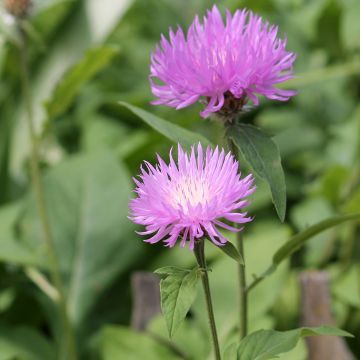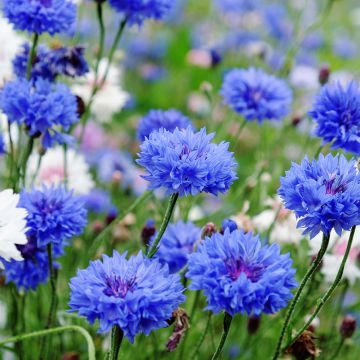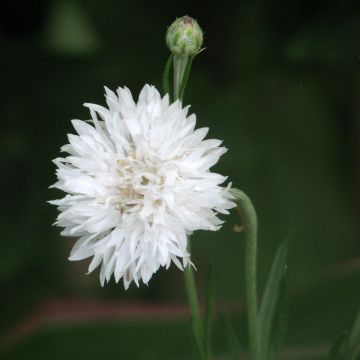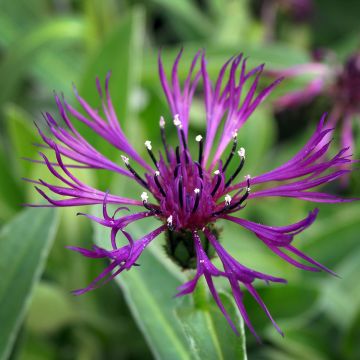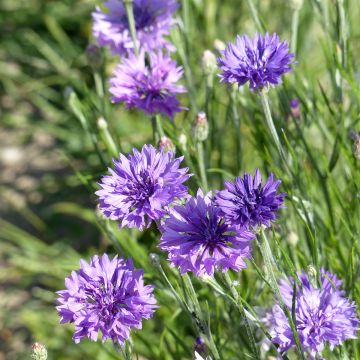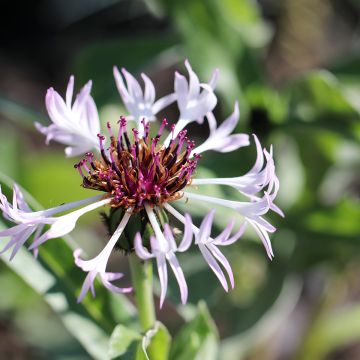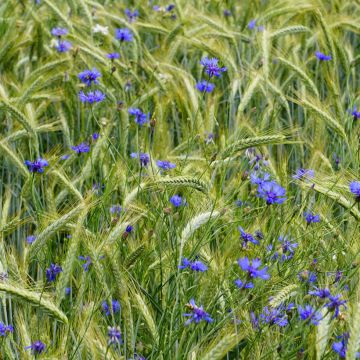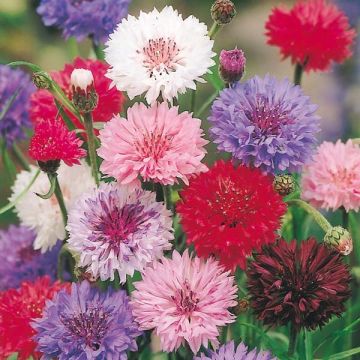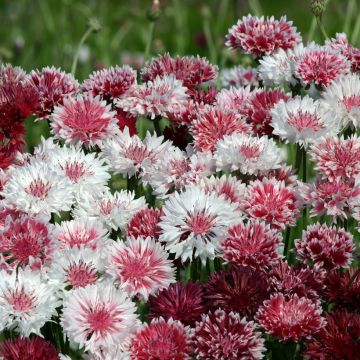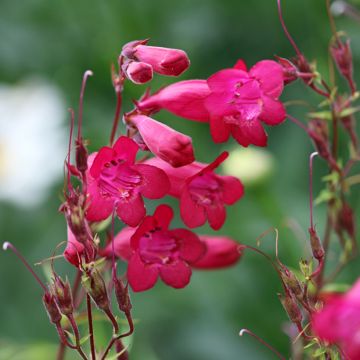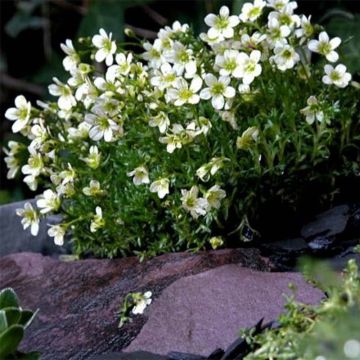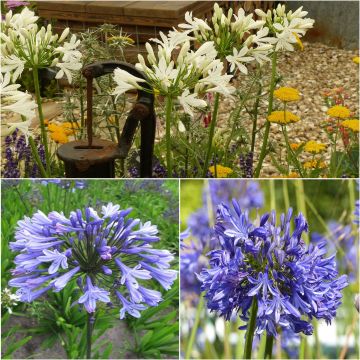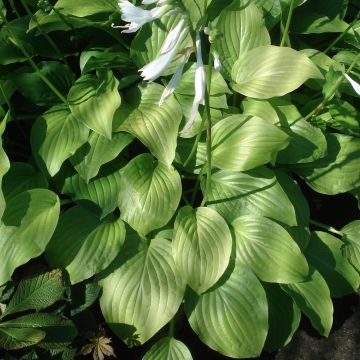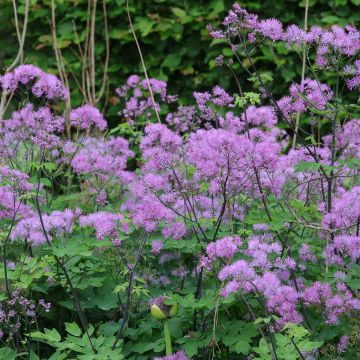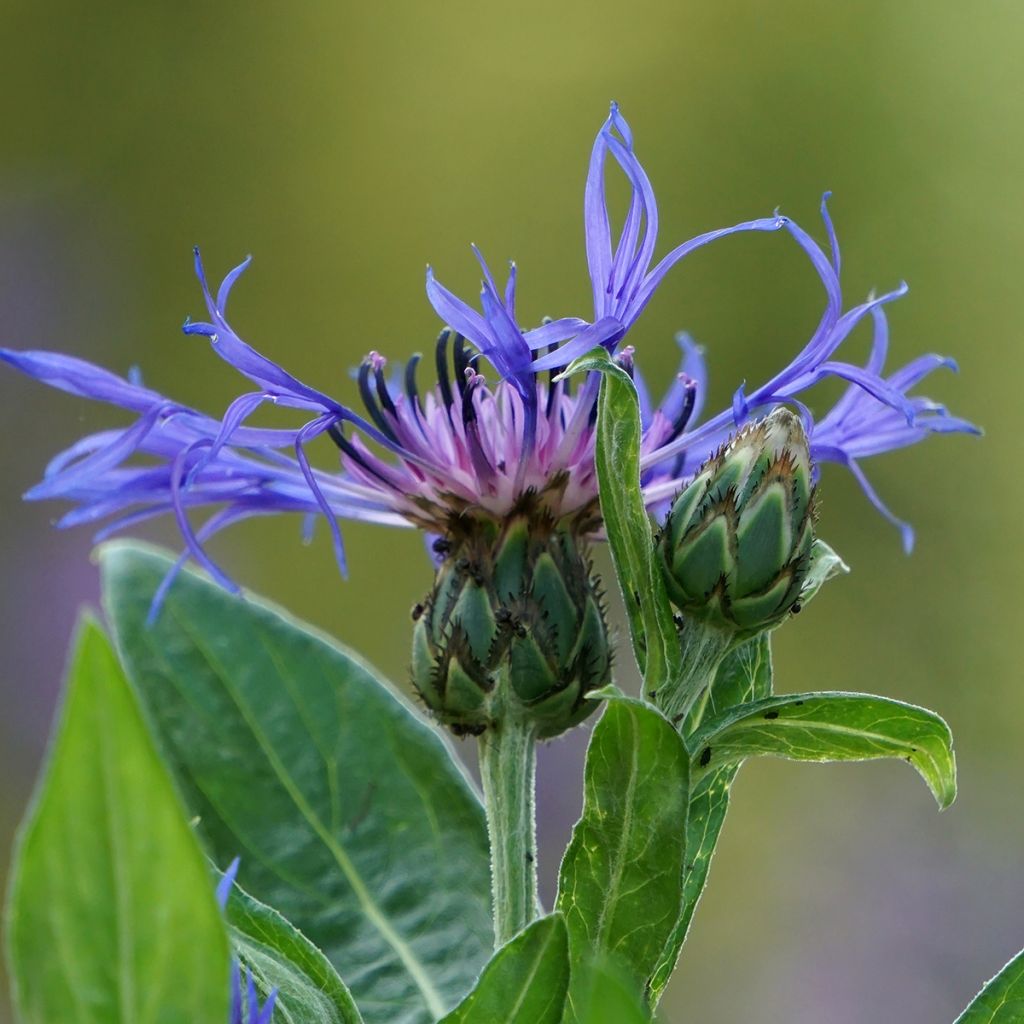

Centaurea montana
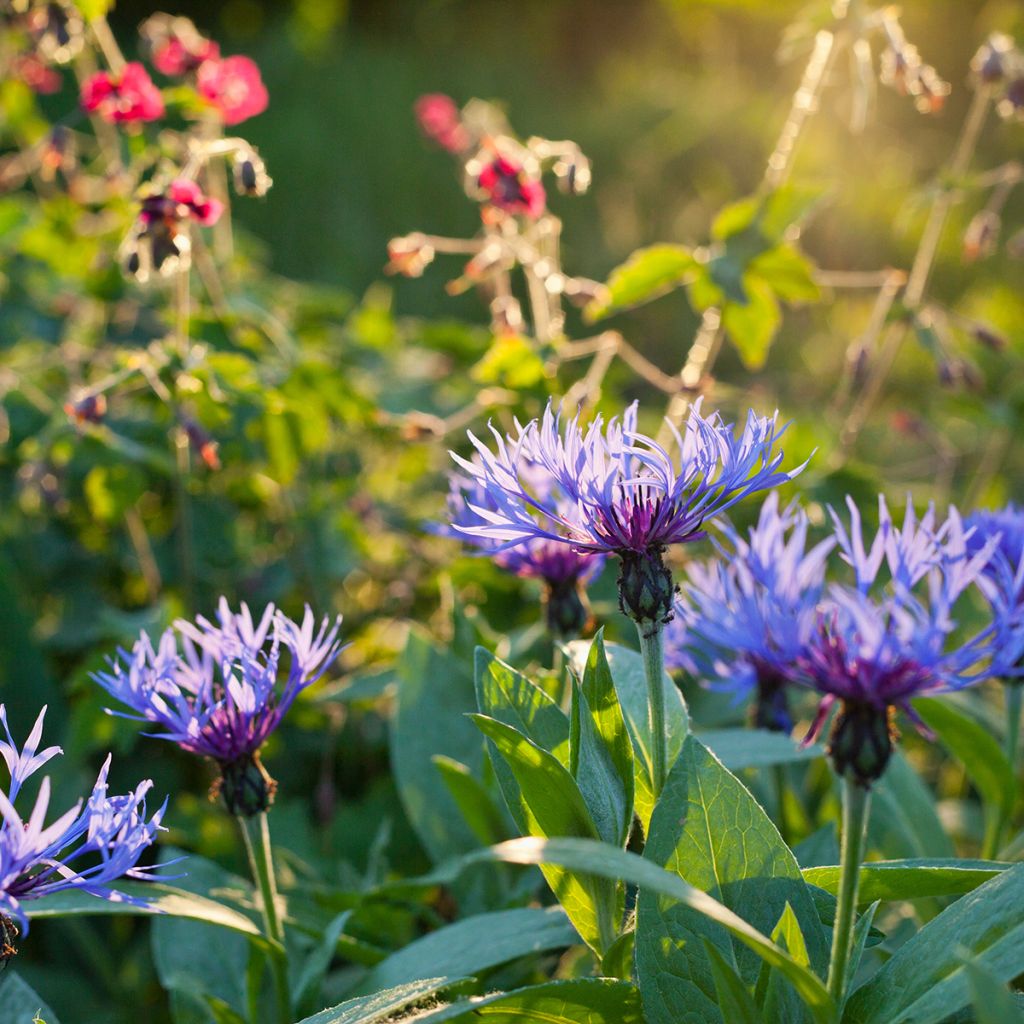

Centaurea montana
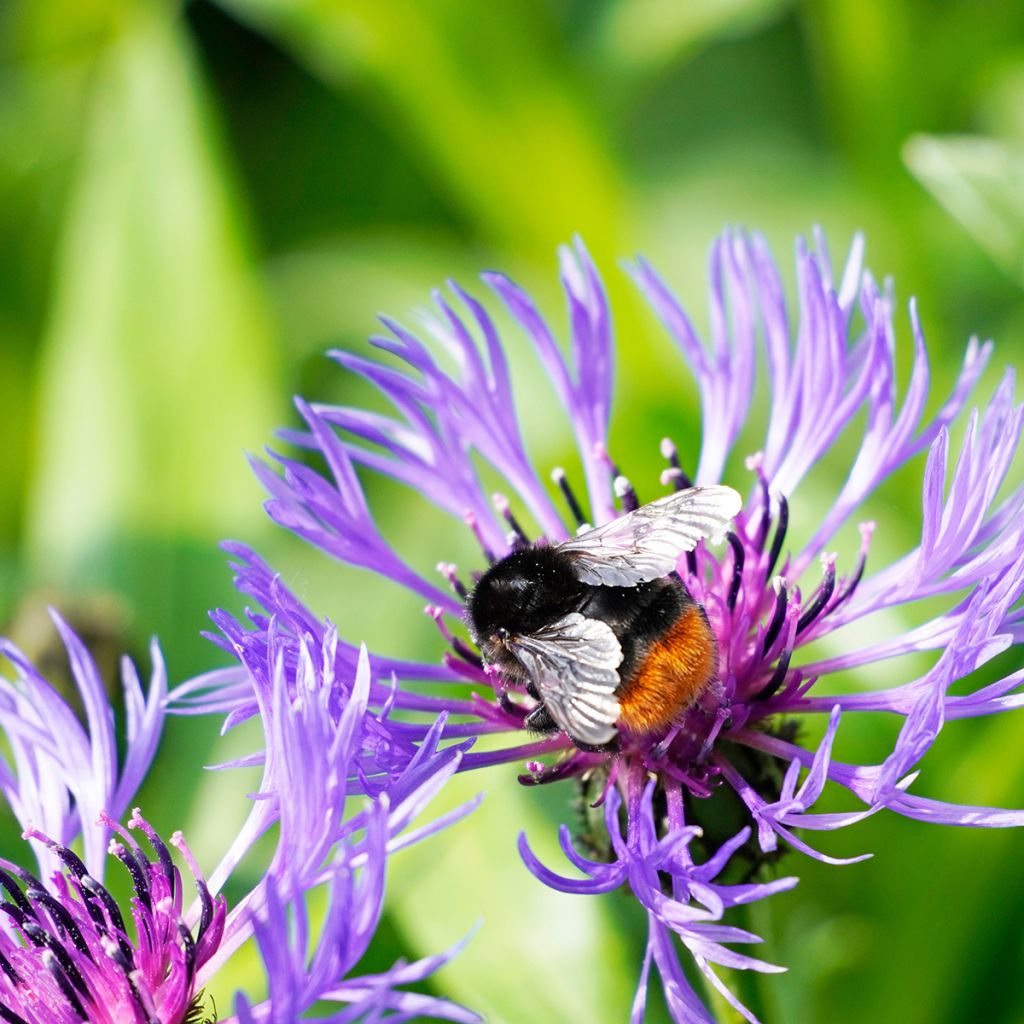

Centaurea montana


Centaurea montana
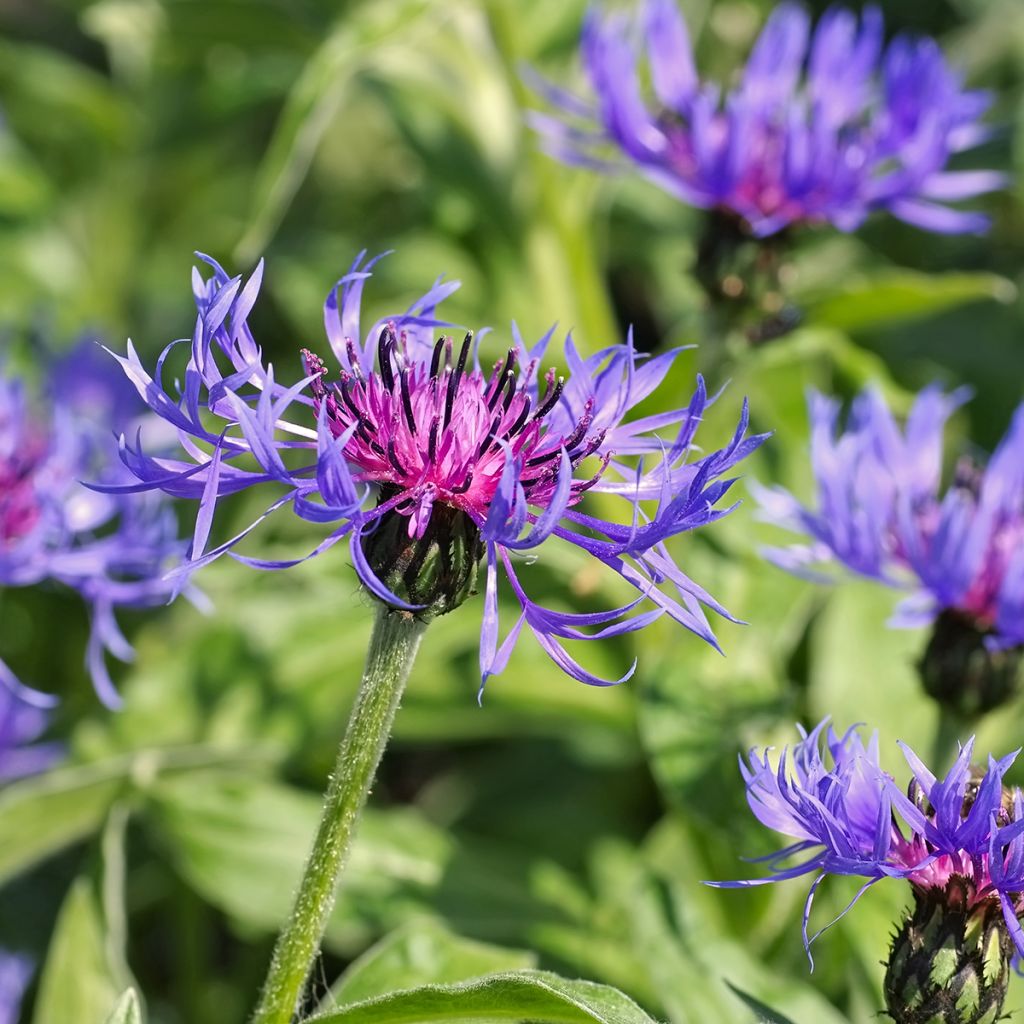

Centaurea montana


Centaurea montana
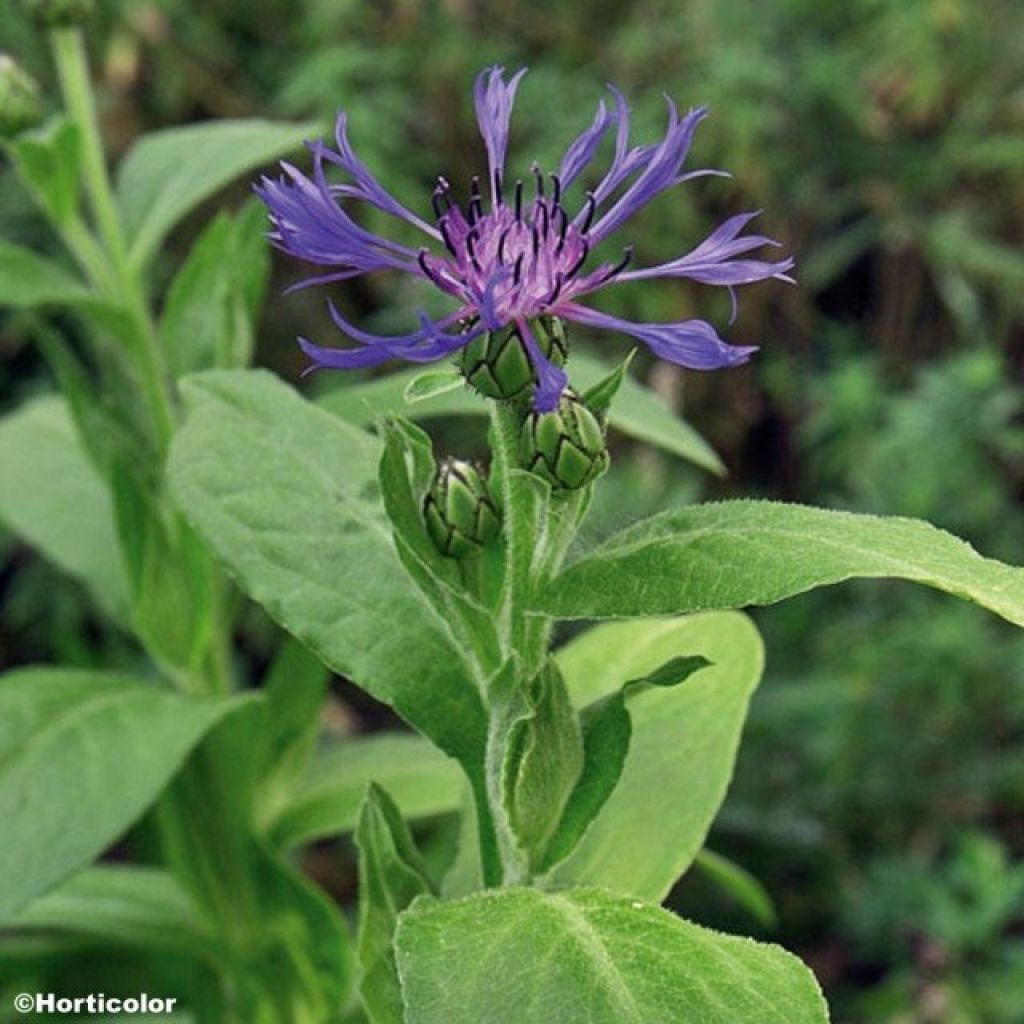

Centaurea montana
Centaurea montana
Centaurea montana
Perennial Cornflower, Great Blue-bottle, Mountain Bluet, Mountain Centaury
They adapt very quickly, grow very fast, and gave me beautiful flowers despite planting late in July and August.
Domiboop, 14/12/2024
Special offer!
Receive a €20 voucher for any order over €90 (excluding delivery costs, credit notes, and plastic-free options)!
1- Add your favorite plants to your cart.
2- Once you have reached €90, confirm your order (you can even choose the delivery date!).
3- As soon as your order is shipped, you will receive an email containing your voucher code, valid for 3 months (90 days).
Your voucher is unique and can only be used once, for any order with a minimum value of €20, excluding delivery costs.
Can be combined with other current offers, non-divisible and non-refundable.
Home or relay delivery (depending on size and destination)
Schedule delivery date,
and select date in basket
This plant carries a 12 months recovery warranty
More information
We guarantee the quality of our plants for a full growing cycle, and will replace at our expense any plant that fails to recover under normal climatic and planting conditions.

Would this plant suit my garden?
Set up your Plantfit profile →
Description
Commonly called the Mountain Centaury, the Centaurea montana is a well-known hardy perennial. Its beautiful inflorescences are composed of magnificent fine and toothed petals in a deep blue shade, surrounding a pretty purple centre. They continuously flower from mid-spring to mid-summer and are loved by both pollinating inspects and flower enthusiasts. Preferring fresh, fertile soils and a sunny position, it can also tolerate poor, limestone soils and occasional periods of drought.
This perennial cornflower or Centaurea montana is found in the wild in a large part of southern and central Europe. This herbaceous perennial with a rhizomatous base grows in meadows, but also at high altitudes in rocky terrain. It tends to spread by forming new clumps on the periphery and can become carpeting after a few years. Its deciduous foliage is a lovely silver-green colour. It is slightly hairy (especially on the underside). The leaves are lanceolate and arranged alternately along the stem. The plant forms a beautiful upright tuft 50 cm (20in) tall and 30 cm (12in) wide. The stems are often single and topped with an involucre made up of a collection of bracts. It resembles a tiny green artichoke, still in bud, with black ciliated scales. From May onwards (depending on the climate and exposure), beautiful deep blue flowers emerge until August, which have a intense violet centre. This particularly delicate and subtle ensemble offers enchanting colours in beds or bouquets.
Perfect for wild and romantic gardens, Centaurea montana also works well in more contemporary compositions. Its airy flowers, with dense colours and subtle patterns, are indeed very fashionable and blend well with many grasses. It can be planted into mixed borders, blue planting schemes and all flower beds, thanks to its versatile size.
Report an error about the product description
Centaurea montana in pictures
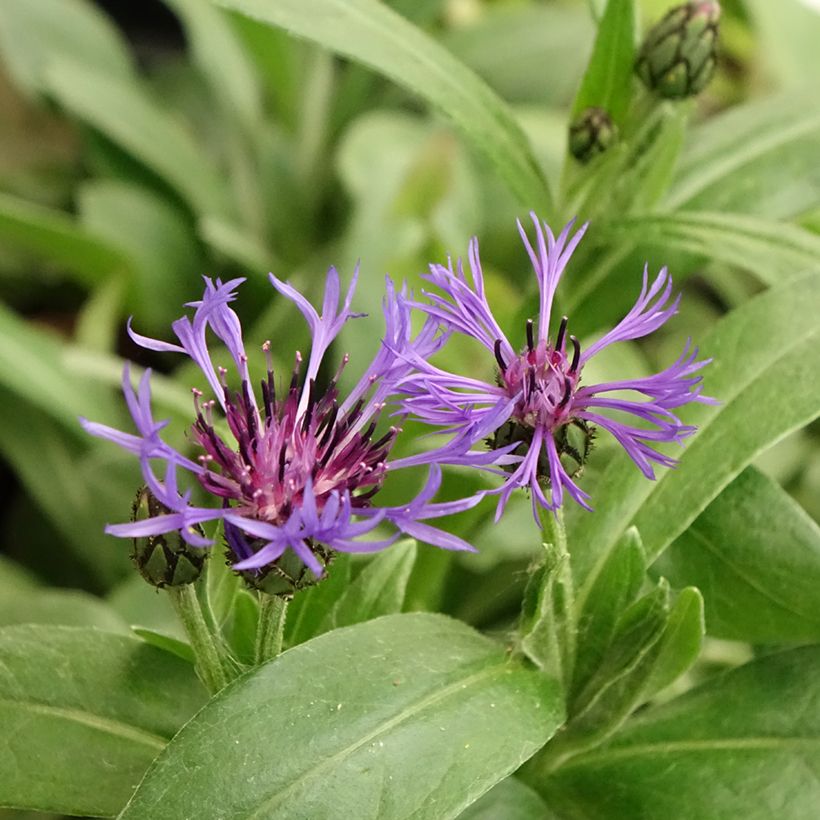

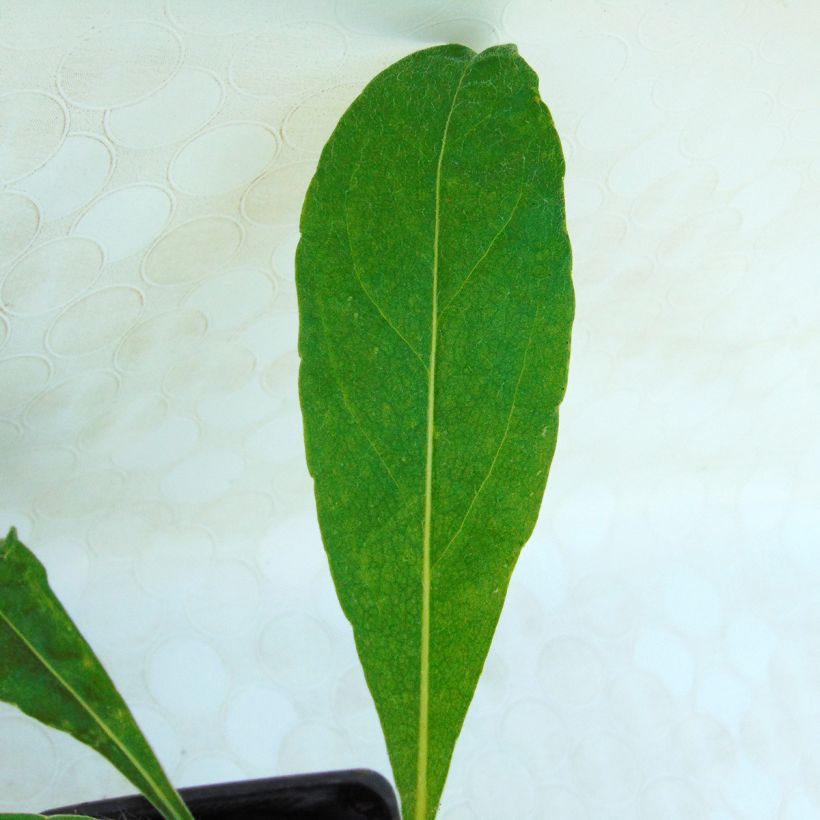

Flowering
Foliage
Plant habit
Botanical data
Centaurea
montana
Asteraceae
Perennial Cornflower, Great Blue-bottle, Mountain Bluet, Mountain Centaury
Central Europe
Other Centaurea
View all →Planting and care
The Mountain Centaury is a low-maintenance perennial, but it does have its preferences. It likes well-drained soils: therefore, do not hesitate to add sand if your soil is heavy. It appreciates fertile soils, but will tolerate poor substrate. It prefers to have some moisture in the soil, but will withstand occasional periods of drought. It will also survive in limestone soils and rocky terrain.
This perennial cornflower can be planted in sunny beds in spring or autumn and is not afraid of freezing temperatures. If the sun is really scorching in your region, you can place it in partial shade. After a few years, trailing rhizomes will generate new clumps. You can then move them. If planted in rocky soil, it can also self-seed abundantly.
Don't forget to remove faded flowers (or pick them in time to make lovely bouquets), as it will prolong the flowering period.
Planting period
Intended location
Care
-
, onOrder confirmed
Reply from on Promesse de fleurs
Similar products
Haven't found what you were looking for?
Hardiness is the lowest winter temperature a plant can endure without suffering serious damage or even dying. However, hardiness is affected by location (a sheltered area, such as a patio), protection (winter cover) and soil type (hardiness is improved by well-drained soil).

Photo Sharing Terms & Conditions
In order to encourage gardeners to interact and share their experiences, Promesse de fleurs offers various media enabling content to be uploaded onto its Site - in particular via the ‘Photo sharing’ module.
The User agrees to refrain from:
- Posting any content that is illegal, prejudicial, insulting, racist, inciteful to hatred, revisionist, contrary to public decency, that infringes on privacy or on the privacy rights of third parties, in particular the publicity rights of persons and goods, intellectual property rights, or the right to privacy.
- Submitting content on behalf of a third party;
- Impersonate the identity of a third party and/or publish any personal information about a third party;
In general, the User undertakes to refrain from any unethical behaviour.
All Content (in particular text, comments, files, images, photos, videos, creative works, etc.), which may be subject to property or intellectual property rights, image or other private rights, shall remain the property of the User, subject to the limited rights granted by the terms of the licence granted by Promesse de fleurs as stated below. Users are at liberty to publish or not to publish such Content on the Site, notably via the ‘Photo Sharing’ facility, and accept that this Content shall be made public and freely accessible, notably on the Internet.
Users further acknowledge, undertake to have ,and guarantee that they hold all necessary rights and permissions to publish such material on the Site, in particular with regard to the legislation in force pertaining to any privacy, property, intellectual property, image, or contractual rights, or rights of any other nature. By publishing such Content on the Site, Users acknowledge accepting full liability as publishers of the Content within the meaning of the law, and grant Promesse de fleurs, free of charge, an inclusive, worldwide licence for the said Content for the entire duration of its publication, including all reproduction, representation, up/downloading, displaying, performing, transmission, and storage rights.
Users also grant permission for their name to be linked to the Content and accept that this link may not always be made available.
By engaging in posting material, Users consent to their Content becoming automatically accessible on the Internet, in particular on other sites and/or blogs and/or web pages of the Promesse de fleurs site, including in particular social pages and the Promesse de fleurs catalogue.
Users may secure the removal of entrusted content free of charge by issuing a simple request via our contact form.
The flowering period indicated on our website applies to countries and regions located in USDA zone 8 (France, the United Kingdom, Ireland, the Netherlands, etc.)
It will vary according to where you live:
- In zones 9 to 10 (Italy, Spain, Greece, etc.), flowering will occur about 2 to 4 weeks earlier.
- In zones 6 to 7 (Germany, Poland, Slovenia, and lower mountainous regions), flowering will be delayed by 2 to 3 weeks.
- In zone 5 (Central Europe, Scandinavia), blooming will be delayed by 3 to 5 weeks.
In temperate climates, pruning of spring-flowering shrubs (forsythia, spireas, etc.) should be done just after flowering.
Pruning of summer-flowering shrubs (Indian Lilac, Perovskia, etc.) can be done in winter or spring.
In cold regions as well as with frost-sensitive plants, avoid pruning too early when severe frosts may still occur.
The planting period indicated on our website applies to countries and regions located in USDA zone 8 (France, United Kingdom, Ireland, Netherlands).
It will vary according to where you live:
- In Mediterranean zones (Marseille, Madrid, Milan, etc.), autumn and winter are the best planting periods.
- In continental zones (Strasbourg, Munich, Vienna, etc.), delay planting by 2 to 3 weeks in spring and bring it forward by 2 to 4 weeks in autumn.
- In mountainous regions (the Alps, Pyrenees, Carpathians, etc.), it is best to plant in late spring (May-June) or late summer (August-September).
The harvesting period indicated on our website applies to countries and regions in USDA zone 8 (France, England, Ireland, the Netherlands).
In colder areas (Scandinavia, Poland, Austria...) fruit and vegetable harvests are likely to be delayed by 3-4 weeks.
In warmer areas (Italy, Spain, Greece, etc.), harvesting will probably take place earlier, depending on weather conditions.
The sowing periods indicated on our website apply to countries and regions within USDA Zone 8 (France, UK, Ireland, Netherlands).
In colder areas (Scandinavia, Poland, Austria...), delay any outdoor sowing by 3-4 weeks, or sow under glass.
In warmer climes (Italy, Spain, Greece, etc.), bring outdoor sowing forward by a few weeks.






























